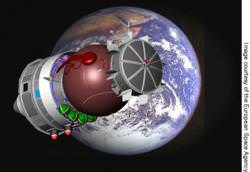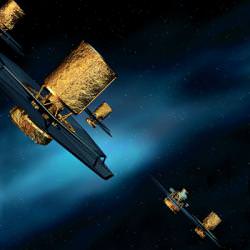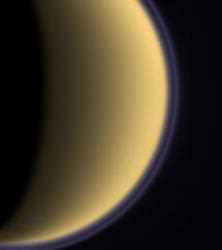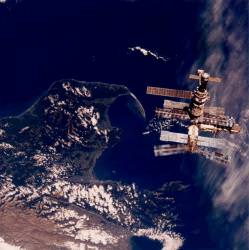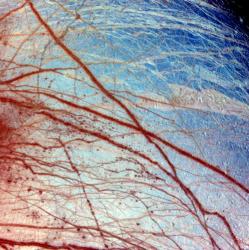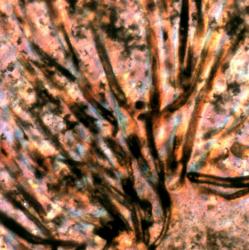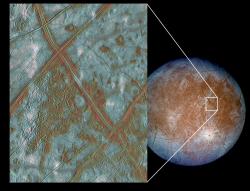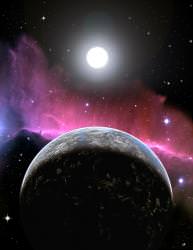If aliens visited our Solar System, it would only take them a moment to figure out which planet is the one with all the life on it. That’s because our atmosphere has a high percentage of oxygen in its atmosphere. The presence of oxygen in our atmosphere has given scientists the key to searching for life on other worlds. But what if there are purely natural processes, that could confuse the search for life, fooling powerful new space observatories like the Terrestrial Planet Finder and Darwin.
Don’t worry. A new simulation by a team of US researchers shows that no natural process on a habitable world with liquid water could keep high levels of oxygen and ozone present in an alien atmosphere. If there’s oxygen, there’s life.
Most of the oxygen (O2) in the Earth’s atmosphere was thought to have been generated though photosynthesis. Plants use energy from the Sun, taking in carbon dioxide and releasing O2 as a byproduct. Over time, this oxygen has built up in our atmosphere to its current ratio of 21%, with the rest nitrogen and other trace gases.
This ratio is very important to the search for life in the Universe. Over the next few decades, a fleet of spacecraft and experiments are being built that will be so sensitive, they’ll be able to analyze the atmosphere of a distant Earth-sized world. Find oxygen or ozone in that planet’s atmosphere – so goes the thinking – and you’ve found a world with life. Like our own planet, some organic process is refreshing the oxygen in the atmosphere, stopping it from reacting away.
One recently canceled spacecraft is the Terrestrial Planet Finder, which would be sensitive enough to analyze the chemical constituents of a distant atmosphere. Sadly, this mission was scrapped after budgets were transfered to support the Vision for Space Exploration, which will send humans back to the Moon, and on to Mars. Don’t worry, though, the Europeans are working on the problem too with their Darwin mission. And it hasn’t been canceled… yet.
These missions (if they do get launched) will be able to spot oxygen and ozone in a distant world’s atmosphere. But could they be fooled? Are there natural processes that could generate similar levels of oxygen and ozone? If so, then it would make the search for life extremely difficult, generating false positives that would confuse scientists.
There have been a few scenarios that scientists think might create false positives for life. For example, in a runaway greenhouse planet like Venus, large amounts of hydrogen could be escaping from a hot, moist atmosphere. Since this hydrogen is originating from water (H2O), this would leave oxygen behind. If an extrasolar planet was losing its ocean to space, it might fool the detectors.
In another situation, a frozen, Mars-like planet could be large enough to retain heavy gases, but too small to maintain volcanic outgassing. The frozen surface would then inhibit the loss of oxygen, but also not consume it.
The trick to both of these scenarios, though, is that they would exist on planets outside a star’s habitable zone. Careful observers would be able to rule them out ahead of time.
A team of US researchers has developed a simulation to see if there are scenarios that could generate false positives, and they weren’t able to find anything that would fool future telescopes. The research paper is titled Abiotic Formation of O2 and O3 in High-CO2 Terrestrial Atmospheres, and it was recently accepted into the journal Astronomy & Astrophysics.
They ran many simulations, factoring in all the potential variables that would simulate an Earthlike world, including different rates of volcanic outgassing and ultraviolet radiation.
They weren’t able to come up with any scenarios in which a habitable planet with liquid water could generate a false positive result for O2 or O3 that would fool a telescope like the Terrestrial Planet Finder or Darwin.
Original Source: Arxiv research paper

